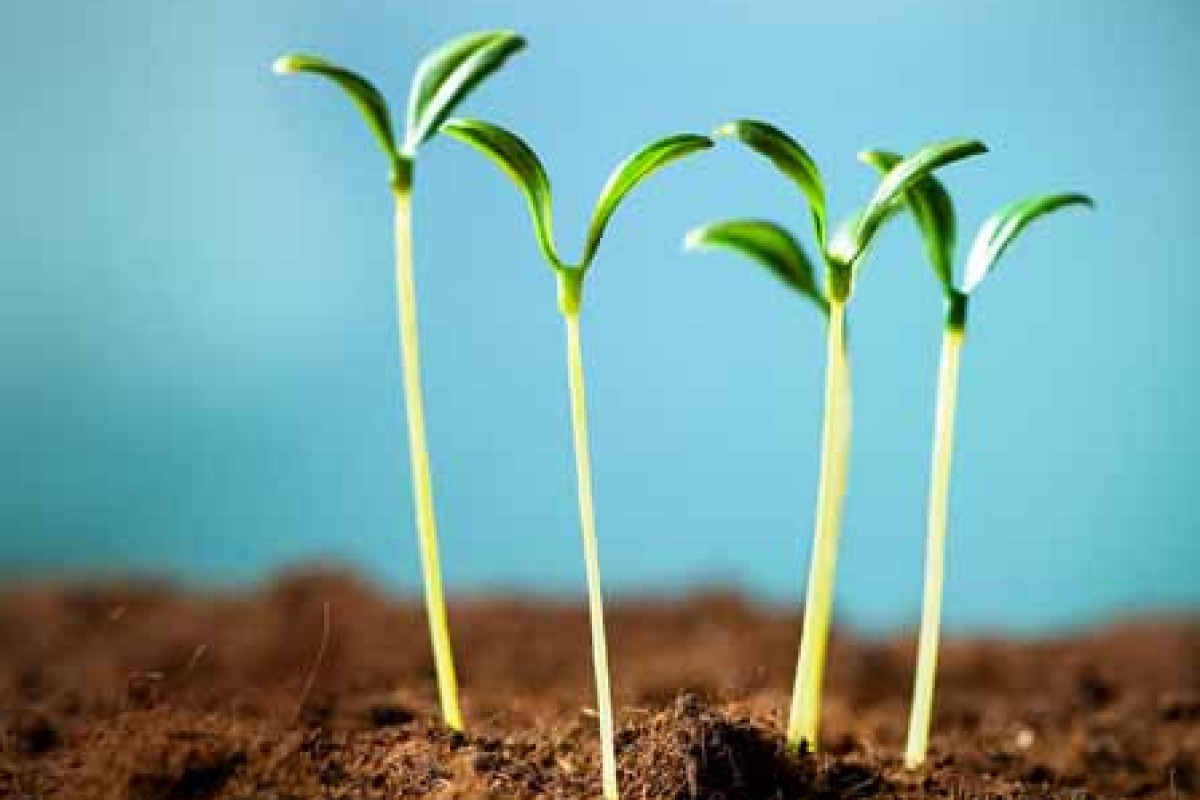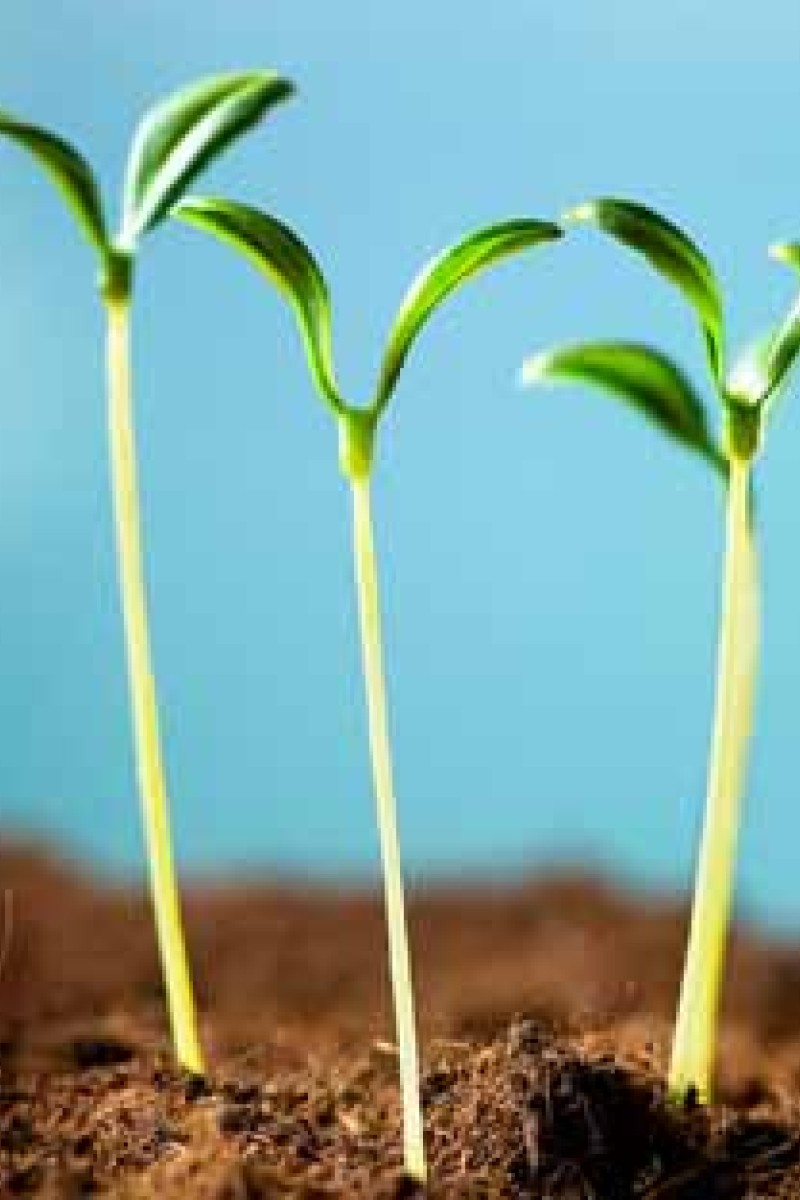
If these 12 crops are plagued by disease, as happened during the Irish potato famine in the 19th century, there would be a food crisis. So there's a pressing need for farmers to find diversity in what they sow.
But farmers might soon run out of choices. Over-development, over-exploitation and climate change, though, are driving two-thirds of the world's plants to the brink of extinction.
That's why, in 2000, scientists started the seed bank. Today, the vault holds 11 per cent of the world's species, including Eleocharis tetraquetra and Eriocaulon truncatum from Hong Kong.
To support the seed bank's work in London, SquAIR Roots, a non-profit environmentally friendly organisation in Hong Kong, hopes to draw the city's attention to the plight and importance of plants through education.
Starting from next year, the team will teach local primary school students what plant extinction would mean to food, habitat and health care and how to grow different plants. At secondary schools, SquAIR Roots will introduce students to "green-collar" job options, such as being an ecologist, landscape artist or farmer. They also hope to raise funds to help the seed bank's work in conservation.
"Four years is all it takes to build, for example, the MTR South Island Line to connect Admiralty and Ap Lei Chau in Hong Kong," says the organisation's managing director, Margaret Chen.
"But plants requiring decades to grow or [those that] are native to certain micro-climates fall in minutes to make way for economic growth."
What scientists at the seed bank are trying to achieve is more than saving dainty flowers from disappearing just because they look nice. They could use preserved seeds to restore poorly treated habitats, teach farmers how to use the seeds of useful wild plants and develop new medicines.
However, Chen believes many teenagers living in cities suffer from a condition she calls nature deficit disorder. In other words, youngsters nowadays are unable to even name plants and understand the value of greenery and biodiversity - the existence of many different kinds of plants in a given environment.
"Our hope is that through showing children what plants 'eat', why they fall ill and how they grow up, plants will come alive with personality to them, and youngsters will learn to appreciate nature," she says.
